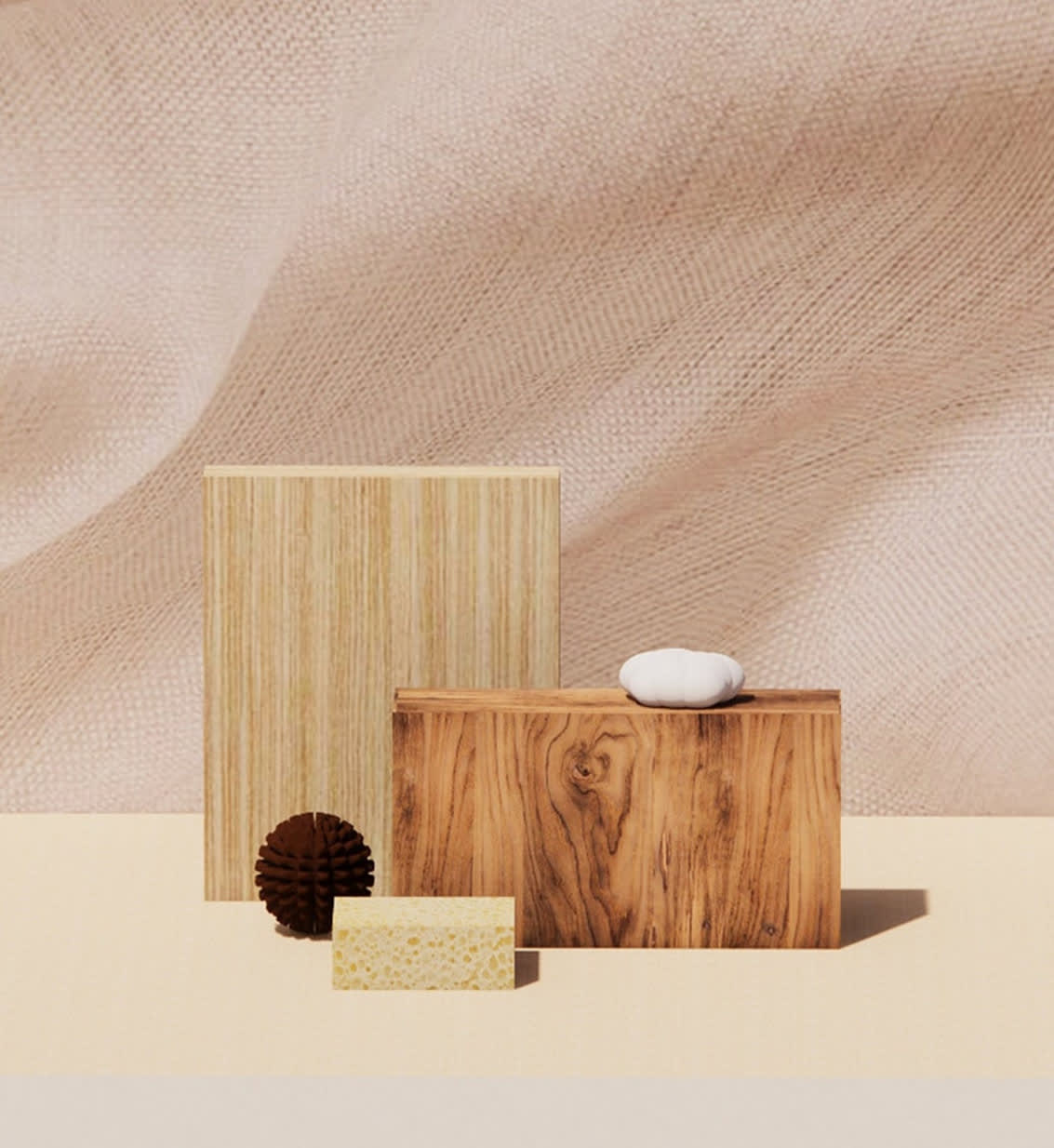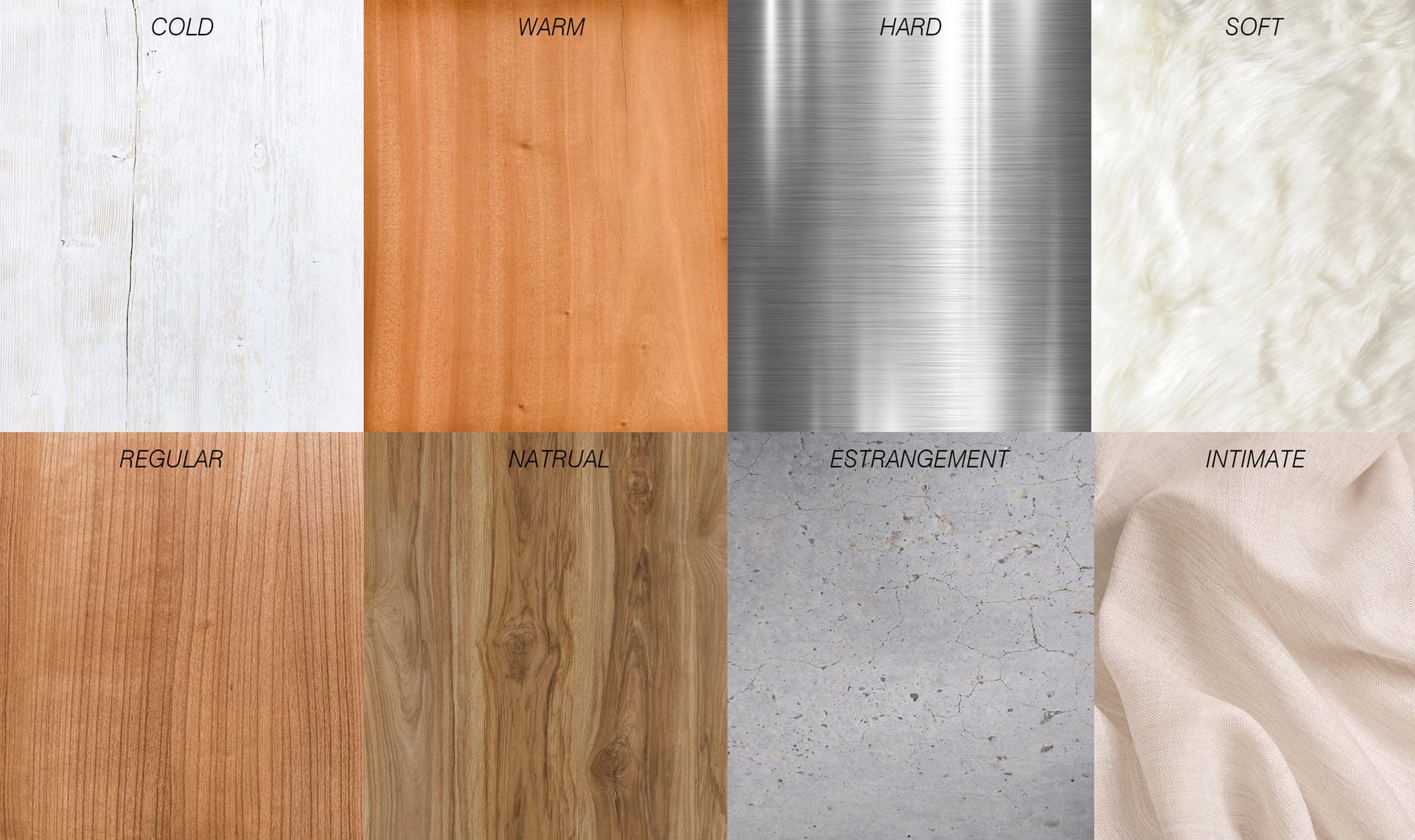From
China
Education
2019-2021 MA Interior Design, Royal College of Art, London, UK
2015-2019 BA Interior Design, Donghua University, Shanghai, China
From
China
Education
2019-2021 MA Interior Design, Royal College of Art, London, UK
2015-2019 BA Interior Design, Donghua University, Shanghai, China
As COVID-19 intensifies globally, more and more nations are adopting lockdown policies. On entering some countries, people must stay quarantined in hotels for over two weeks. However, many problems arise when ordinary hotels are directly set as quarantined hotels.
Therefore, in response to these phenomena, the topic I study is Quarantine hotel Design in the context of COVID-19 isolation. Also, I'd like to explore how can materials be used to improve people's comfort, health, and well-being?
First of all, the premise of everything is to ensure that people have a sense of psychological security for a quarantine hotel. People staying here will not be worried about being infected.
The biggest problem people have to face in hotels now is often bored and loneliness. First, people need to feel comfortable when they are alone.
Another problem that disturbs people's need for comfort is noise. Many people like to sing in the room for entertainment. But it makes noise.
So, I think of making space with an acoustic absorption design, and at the same time, it will naturally encourage people to come here to sing. The bathroom will be a good choice. For absorption and reflection considerations, I have the idea of air gap and dome.
The hotel room is usually centered on the bed, which is destined to not have enough other space for exercise.


![[untitled]](https://res.cloudinary.com/rca2020/image/upload/f_auto,h_1140,w_1920,c_fill,g_auto,q_auto/v1/rca2021/60cc9c2d98de755bbf8c7f04-446958?_a=AXAH4S10)
![[untitled]](https://res.cloudinary.com/rca2020/image/upload/f_auto,h_1140,w_1920,c_fill,g_auto,q_auto/v1/rca2021/60cc9c2d98de755bbf8c7f04-723282?_a=AXAH4S10)
![[untitled]](https://res.cloudinary.com/rca2020/image/upload/f_auto,h_1141,w_1920,c_fill,g_auto,q_auto/v1/rca2021/60cc9c2d98de755bbf8c7f04-121324?_a=AXAH4S10)
![[untitled]](https://res.cloudinary.com/rca2020/image/upload/f_auto,h_1140,w_1920,c_fill,g_auto,q_auto/v1/rca2021/60ccbefe98de755bbfd4739b-552621?_a=AXAH4S10)

![[untitled]](https://res.cloudinary.com/rca2020/image/upload/f_auto,h_1140,w_1920,c_fill,g_auto,q_auto/v1/rca2021/60ccbefe98de755bbfd4739b-85725?_a=AXAH4S10)
![[untitled]](https://res.cloudinary.com/rca2020/image/upload/f_auto,h_1140,w_1920,c_fill,g_auto,q_auto/v1/rca2021/60ccc4f198de755bbfe1ded3-132366?_a=AXAH4S10)
![[untitled]](https://res.cloudinary.com/rca2020/image/upload/f_auto,h_1141,w_1920,c_fill,g_auto,q_auto/v1/rca2021/60ccc4f198de755bbfe1ded3-937976?_a=AXAH4S10)
![[untitled]](https://res.cloudinary.com/rca2020/image/upload/f_auto,h_1141,w_1920,c_fill,g_auto,q_auto/v1/rca2021/60ccc4f198de755bbfe1ded3-14859?_a=AXAH4S10)
![[untitled]](https://res.cloudinary.com/rca2020/image/upload/f_auto,h_1141,w_1920,c_fill,g_auto,q_auto/v1/rca2021/60ccc75098de755bbfe6748c-117592?_a=AXAH4S10)
![[untitled]](https://res.cloudinary.com/rca2020/image/upload/f_auto,h_1140,w_1920,c_fill,g_auto,q_auto/v1/rca2021/60ccc75098de755bbfe6748c-253394?_a=AXAH4S10)
![[untitled]](https://res.cloudinary.com/rca2020/image/upload/f_auto,h_1140,w_1920,c_fill,g_auto,q_auto/v1/rca2021/60ccc75098de755bbfe6748c-95385?_a=AXAH4S10)
![[untitled]](https://res.cloudinary.com/rca2020/image/upload/f_auto,h_1140,w_1920,c_fill,g_auto,q_auto/v1/rca2021/60ccc75098de755bbfe6748c-121991?_a=AXAH4S10)
![[untitled]](https://res.cloudinary.com/rca2020/image/upload/f_auto,h_1140,w_1920,c_fill,g_auto,q_auto/v1/rca2021/60cd7a2998de755bbfba9a71-310040?_a=AXAH4S10)
![[untitled]](https://res.cloudinary.com/rca2020/image/upload/f_auto,h_1140,w_1920,c_fill,g_auto,q_auto/v1/rca2021/60cd7a2998de755bbfba9a71-545448?_a=AXAH4S10)
![[untitled]](https://res.cloudinary.com/rca2020/image/upload/f_auto,h_1140,w_1920,c_fill,g_auto,q_auto/v1/rca2021/60cd7a2998de755bbfba9a71-533939?_a=AXAH4S10)